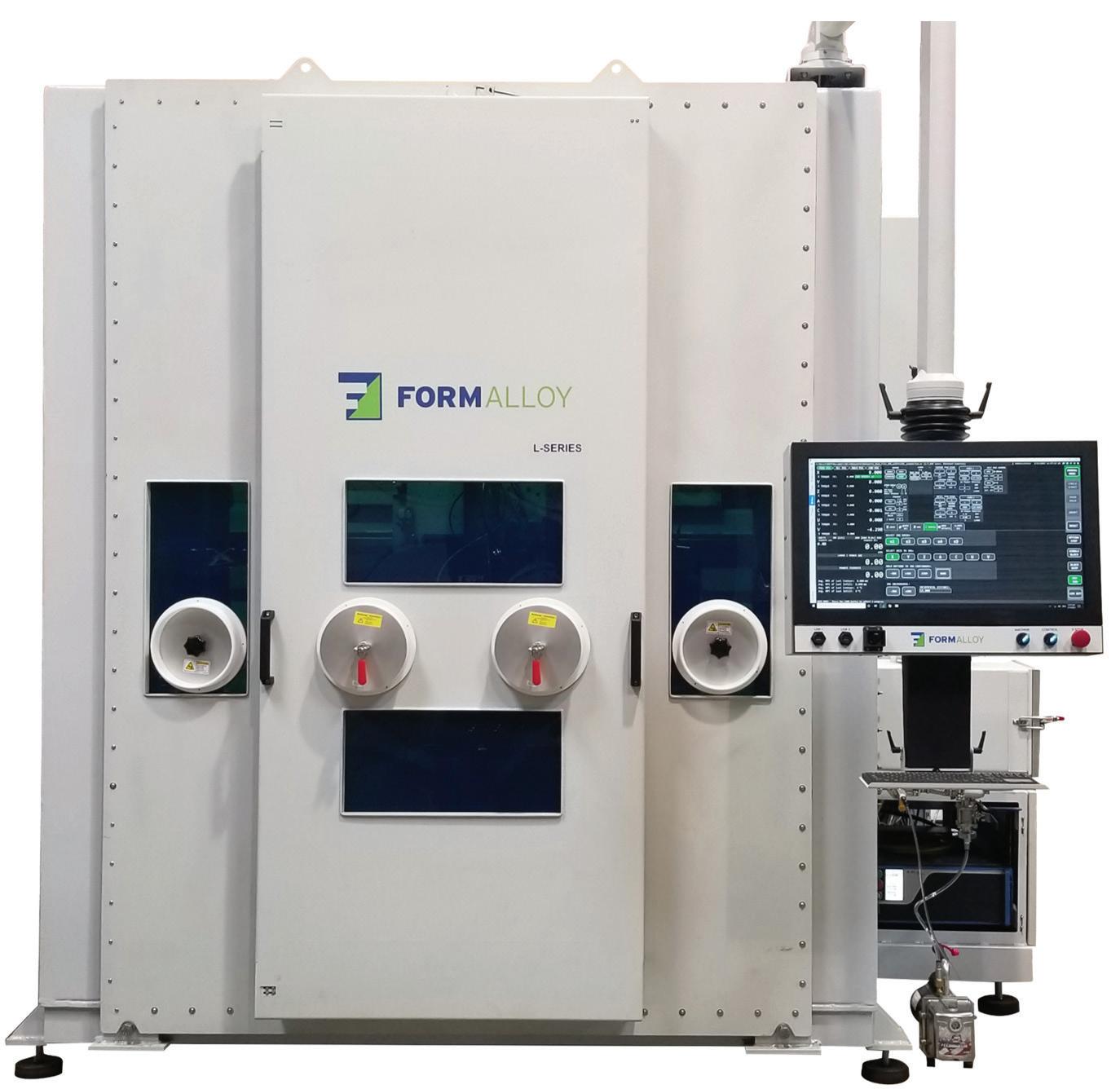
2 minute read
BUFFALO BUILDS
Oli Johnson speaks to Peter Cooperman of Black Buffalo 3D about the company’s internationally coded construction 3D printing solution.
The ICC Evaluation Service is a body that has been present in performing technical evaluations of building products, materials, and systems for code compliance for close to 100 years. In October 2022, it issued the first ICCES AC509 report to the New York-based Black Buffalo 3D for its NEXCON 3D printer and Planitop 3D ink, making it the first internationally coded solution for 3D printing in construction.
Evaluation reports from ICC-ES are used worldwide in over 50 countries by officials to verify that new and innovative building products comply with code requirements. The report stated that Black Buffalo 3D construction technology meets the requirements of AC509, “3D Automated Construction Technology for 3D Concrete Walls.” The technology meets the requirements of 3D printed bearing, nonbearing, and shear walls up to 40ft in height.
A key to gaining the approval for the construction method was getting the concrete ink right. Peter Cooperman, interim CMO of Big Sun Holdings Group, Inc., of which Black Buffalo 3D is a subsidiary, told TCT: “We realized that the only way to get standardization approval is really with a set mix that can be consistently reproduced anywhere. So, we had a really good concrete ink formula, we partnered with Mapei Corporation and went through over 60 different formulas improving on it to meet all of the requirements relating to shrinkage, sheer testing, layer adhesion and strength of the wall to get that formula right.”
Becoming a globally accepted standard solution for 3D construction printing was a goal from very early on, according to Cooperman. The team identified that ICC-ES AC509 was the standard that had to be achieved.

Black Buffalo worked closely with the ICC during this period. Cooperman said: “The first call with the ICC-ES was asking them what kind of tests there were, what the specifics were. We had a printer at the time that could print up to four storeys tall, but we actually lowered that after talking to a lot of builders in the industry to three storeys tall for our commercial model. But the ICC standard was only up to eight feet or around three meters. So, we worked for a year alone with just the ICC and all the members to actually rewrite the standard code for multi-storey buildings and multi-storey walls.”
The entire process to achieve the certification took over two years in total. According to Cooperman, the process is extremely difficult, and there are some companies that have been trying for five or six years to get the approval. Customers of Black Buffalo 3D can now use an internationally coded solution for their projects, or, as Cooperman explained, can deviate from the report and create their own designs as it gives enough information for engineers and building code officials to see that it is a proven method.
The standard not only recognizes the technology and ink created by Black Buffalo 3D as a viable method of construction, but allows users of the printers to be creative with their projects now that the method is internationally certified. Cooperman explained how using the NEXCON printer, it is possible to print curved or patterned walls, and modify features of the wall itself such as structural features. This is done by adjusting the programming, the speed of the machine and the layer height.
Speaking about what gaining this certification means for the industry, Cooperman said: “It’s a really big step for the industry because almost everything you see out there to this point is a one-off exception to a local building code. Out of the 3D printed buildings that we’ve seen, they’re all using post and beam, which is the traditional method for structural integrity. This means the 3D printed walls are basically windbreaks, which is cool, but it would be a lot nicer if you could print any shape you want, and now you can.”









